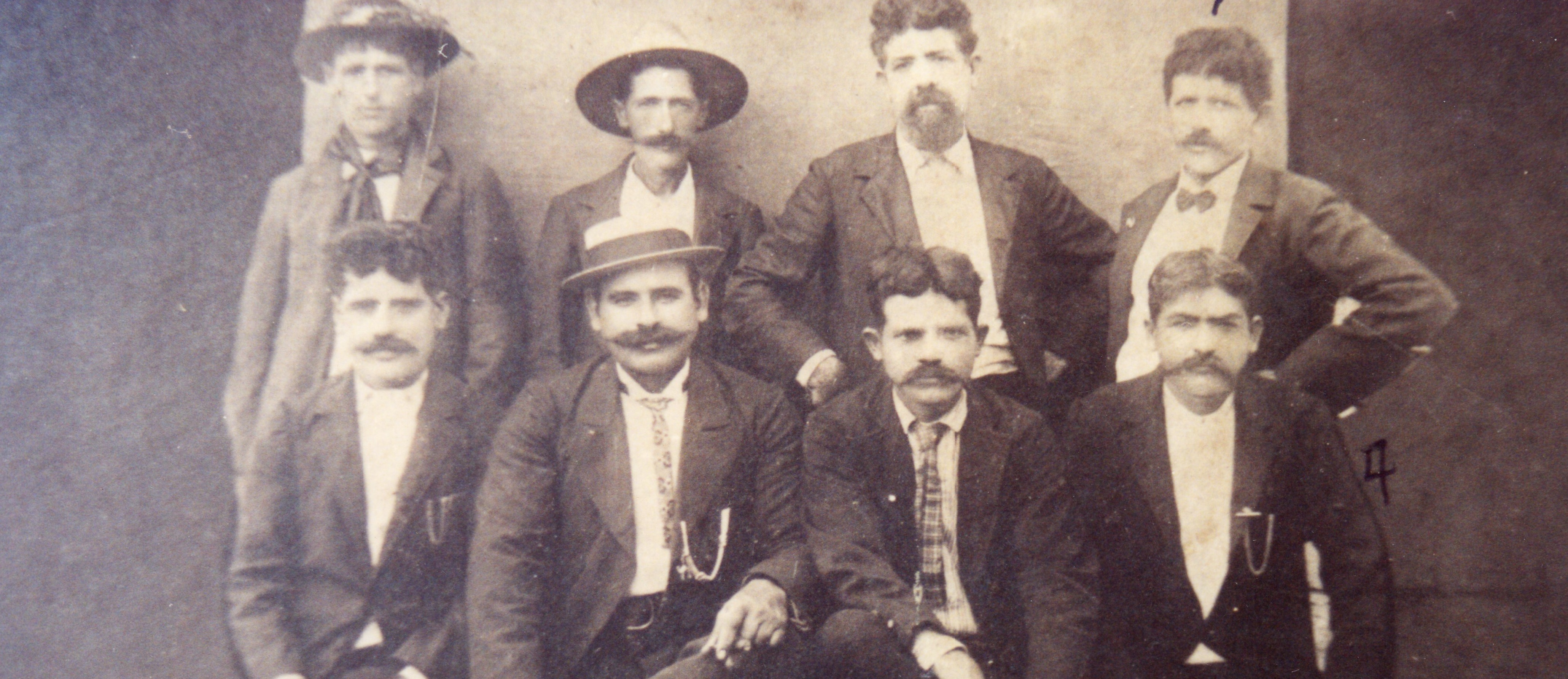Margaret Campos uncovered immigration to British Guiana in her family tree. She shares some of the things she learned about this era of Madeiran emigration.
The Beginning Of An Era
Immigration to British Guiana began in 1830 and 1840. Madeirans arrived in the year 1839 to work on sugar plantations where they were (for almost a century) considered indentured laborers as were the East Indians and Chinese in 1853. No consideration was given as to the cultural background of these immigrants.
The abolition of slavery did nothing to change the attitude of the slave and land owners. Through 1838 only 429 Madeirans had arrived, some with families. They were indentured for five years.
Living Conditions Were Very Poor
Between 1835 and 1838 they were subjected to illness and many died. An inquiry stated that this was due to climate and improper accommodations, i.e. huddled into unfit makeshift apartments and crowded. The climate in British Guiana was very hot and sickly which added to the problem.
The Madeirans were so elated to have arrived with the hope of prosperity that they sang and danced and played their guitars. However, this [attitude] was replaced a little later with misery and death.
Upon the recommendations of their countrymen who had arrived earlier, they selected estates where the accommodations were incomplete. They were crowded into makeshift apartments where sickness and death would prevail.
They overworked while healthy and ignored advice to consider the climate (they had arrived during the period of June and August), they lacked habits of cleanliness, ate unripe fruit, refused to comply with hospital regulations during convalescence, and exerted themselves under the sun.
Emigration to British Guiana Ends
Emigration was halted between 1842 and 1846. Trade between Demerara and Madeira by ships brought foodstuffs, wine, and passengers.
These ships were chartered by a few Portuguese. They brought food the emigrants were accustomed to, thus many became tradesmen and started a new adventure that brought change.
This created unrest and riots between the ruling class and the tradesmen of other races. Some of these Madeirans became very prosperous. Many broke their indenture in order to become shop keepers–left estates to seek more prosperous arrangements–leaving a decline of laborers.
Some Left For Other Countries
Portuguese shipped out to Brazil, St. Vincent, Trinidad and other Leeward islands. Australia anxious to be included in the migrations offered passage for $100.00 to be paid to the City Bank at $50.00 down and another $50.00 a few months later.
There was an unhealthy competition between the races and riots were many and very destructive. After the 1891 riot which was the largest and very destructive, many Maderians returned to their homeland only to be met with a feeling that they had deserted Madeira.
Where To Write For More Information
For more information on ordering records of Madeirans who immigrated to British Guiana please contact:
GENERAL REGISTER OFFICE
G.P.O. BUILDING
ROBB STREET
GEORGETOWN
GUYANA
SOUTH AMERICA
Anyone who is interested in the book by Mary Noel Menezes, R.S.M., THE PORTUGUESE OF GUYANA: A STUDY IN CULTURE AND CONFLICT, may write to:
JESUIT MISSIONS
11 EDGEHILL
WIMBLEDON
LONDON S.W. 19 4 LR
ENGLAND
Copyright 2021 Margaret Campos and Family – All Rights Reserved
—–
About the author:
Margaret Campos was an Azorean American whose roots covered the Azores and Madeira. She enjoyed sharing her memories of her childhood and helping other genealogists.






